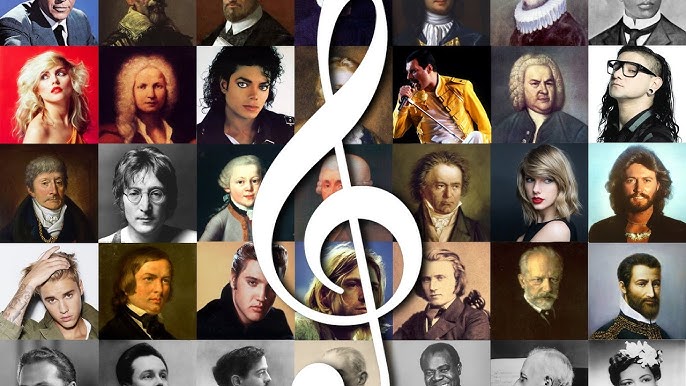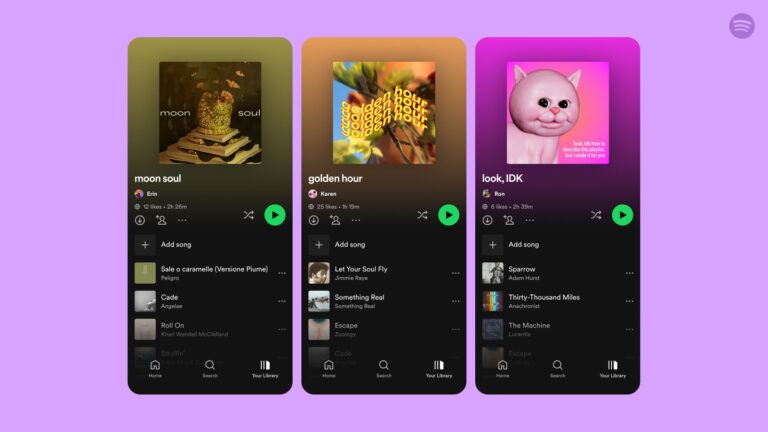
In the realm of music, lyrics are the soul of a song. While melodies captivate the ear, it is often the words that touch the heart. Lyric writing is a unique art form that blends poetry, storytelling, and emotion into a compact, rhythmic structure. Behind every great song lies a skilled songwriter who crafts stories through lines that resonate across cultures and generations.
Storytelling in Song
At its core, lyric writing is storytelling. A good song doesn’t just rhyme — it takes the listener on a journey. Whether it’s a tale of heartbreak, empowerment, social change, or celebration, lyrics offer a snapshot into the human experience. Songwriters often distill complex emotions or narratives into a few minutes, choosing each word with precision to convey depth in a limited space.
Unlike traditional storytelling, lyrics must fit within musical constraints: verses, choruses, bridges, and rhythm. This structure challenges writers to be both economical and expressive. The best lyrics balance clarity with mystery — saying enough to evoke emotion but leaving room for the listener’s imagination.
Emotion as a Guiding Force
Emotion drives many of the most memorable lyrics. Songwriters tap into universal feelings — love, loss, joy, fear — and shape them into words that strike a chord with listeners. This emotional honesty creates a connection between the artist and the audience, transforming personal experiences into collective understanding.
Think of Adele’s “Someone Like You” or Bob Dylan’s “Blowin’ in the Wind.” These songs became iconic not only because of their melodies but because their lyrics articulated feelings people struggled to express themselves.
Techniques of the Craft
Lyric writing blends various literary techniques:
- Imagery: Using vivid descriptions to paint pictures in the listener’s mind.
- Metaphor and Simile: Comparing ideas to deepen meaning and emotion.
- Repetition: Reinforcing themes or feelings through repeated phrases or lines.
- Narrative Perspective: Choosing a first-person, second-person, or third-person voice to shape the storytelling.
Songwriters like Joni Mitchell, Kendrick Lamar, and Taylor Swift are celebrated not only for their musical talent but also for their lyrical depth. Each has a distinct style — from confessional poetry to sharp social commentary — but all share a mastery of the written word.
The Evolution of Lyricism
Lyric writing has evolved with genres and technology. In hip-hop, for instance, lyrics often serve as the centerpiece, showcasing complex wordplay and social critique. In pop, hooks and choruses are designed for maximum emotional and commercial impact. Digital platforms have also changed how lyrics are consumed — now fans analyze lines in real time, dissecting meanings and creating viral moments.
Yet, no matter the era or style, the essence of lyric writing remains unchanged: it’s about telling a story that matters.
Conclusion
The art of lyric writing is an invisible thread connecting music to the human spirit. Behind every unforgettable chorus or verse lies a writer who carefully sculpted words into something timeless. Whether whispered or shouted, sung or rapped, lyrics have the power to inspire, comfort, provoke, and move. In the hands of a skilled songwriter, even the simplest phrase can become poetry — a story told in just a few perfect lines.






